Obstructive Lung Disease Compliance
Obstructive lung disease compliance. Emphysema DLCO FEV1FVC Compliance MCQ USMLE - YouTube. Restrictive lung disease is typically caused by disease in the interstitium of the lung and this is usually an increase in the amount of tissue in the interstitium of the lung. In the obstructive lung disease emphysema the lungs have high compliance ie easy to inflate but hard to deflate due to loss of elastin fibers.
Common obstructive diseases include asthma bronchitis and emphysema. Reserve capacity FRC and total lung capacity. Common causes of decreased lung compliance are pulmonary fibrosis pneumonia and pulmonary edema.
Recent studies have reported a high prevalence of obstructive sleep apnoea OSA among patients with diffuse parenchymal lung disease DPLD mainly idiopathic pulmonary fibrosis IPF. Persons with low lung compliance due to obstructive lung diseases tend to take rapid shallow breaths and sit hunched over to make exhalation less difficult. Airway limitation is attributed to three different mechanisms.
Lung Compliance and Chronic Obstructive Pulmonary Disease 1. In an obstructive lung disease airway obstruction causes an increase in resistance. Obstructive vs Restrictive Lung Disease COPD.
However poor compliance to positive airway. During normal breathing the pressure volume relationship is no different from in a normal lung. Other studies have found that using the GOLD criteria can miss up to 50 of young adults with obstructive lung disease and leads to overdiagnosis in healthy non-smokers.
Chronic obstructive pulmonary disease namely pulmonary emphysema and chronic bronchitis is a chronic inflammatory response of the airways to noxious particles or gases with resulting. Criteria to diagnose obstructive lung disease in patients 65 years and older with respiratory symptoms who are at risk of COPD ie current or previous smoker. Pathological changes are found in large and small airways in the parenchyma and the pulmonary.
Common obstructive lung diseases are asthma bronchitis bronchiectasis and chronic obstructive pulmonary disease COPD. Obstructive lung diseases feature blocked airways while restrictive lung diseases feature an inability to expand or loss of elastic recoil of lungs.
Criteria to diagnose obstructive lung disease in patients 65 years and older with respiratory symptoms who are at risk of COPD ie current or previous smoker.
Persons with high lung compliance due to restrictive lung diseases tend to have difficulty expanding and deflating the lungs. Common obstructive lung diseases are asthma bronchitis bronchiectasis and chronic obstructive pulmonary disease COPD. Airway limitation is attributed to three different mechanisms. During normal breathing the pressure volume relationship is no different from in a normal lung. Persons with high lung compliance due to restrictive lung diseases tend to have difficulty expanding and deflating the lungs. However poor compliance to positive airway. In an obstructive lung disease airway obstruction causes an increase in resistance. Criteria to diagnose obstructive lung disease in patients 65 years and older with respiratory symptoms who are at risk of COPD ie current or previous smoker. Effective OSA treatment appears to have a positive impact on morbidity and mortality in these patients.
To examine whether the parameters of impedance measured by the broadband frequency forced oscillation technique FOT were reflected by changes in lung compliance induced by emphysema and fibrosis we retrospectively compared the parameters of FOT and pulmonary functions including static lung compliance Cst in obstructive lung disease OLD and interstitial lung disease. Recent studies have reported a high prevalence of obstructive sleep apnoea OSA among patients with diffuse parenchymal lung disease DPLD mainly idiopathic pulmonary fibrosis IPF. Compliance and resistance were determined either by the conventional zero crossing Cdyn and isovolume RL technique or by a modified Fourier analysis following a smoothing procedure auto- and cross-correlation function yielding an effective compliance and resistance CL. Normal adult lung compliance ranges from 01 to 04 Lcm H20. In an obstructive lung disease airway obstruction causes an increase in resistance. Criteria to diagnose obstructive lung disease in patients 65 years and older with respiratory symptoms who are at risk of COPD ie current or previous smoker. Restrictive lung disease is typically caused by disease in the interstitium of the lung and this is usually an increase in the amount of tissue in the interstitium of the lung.
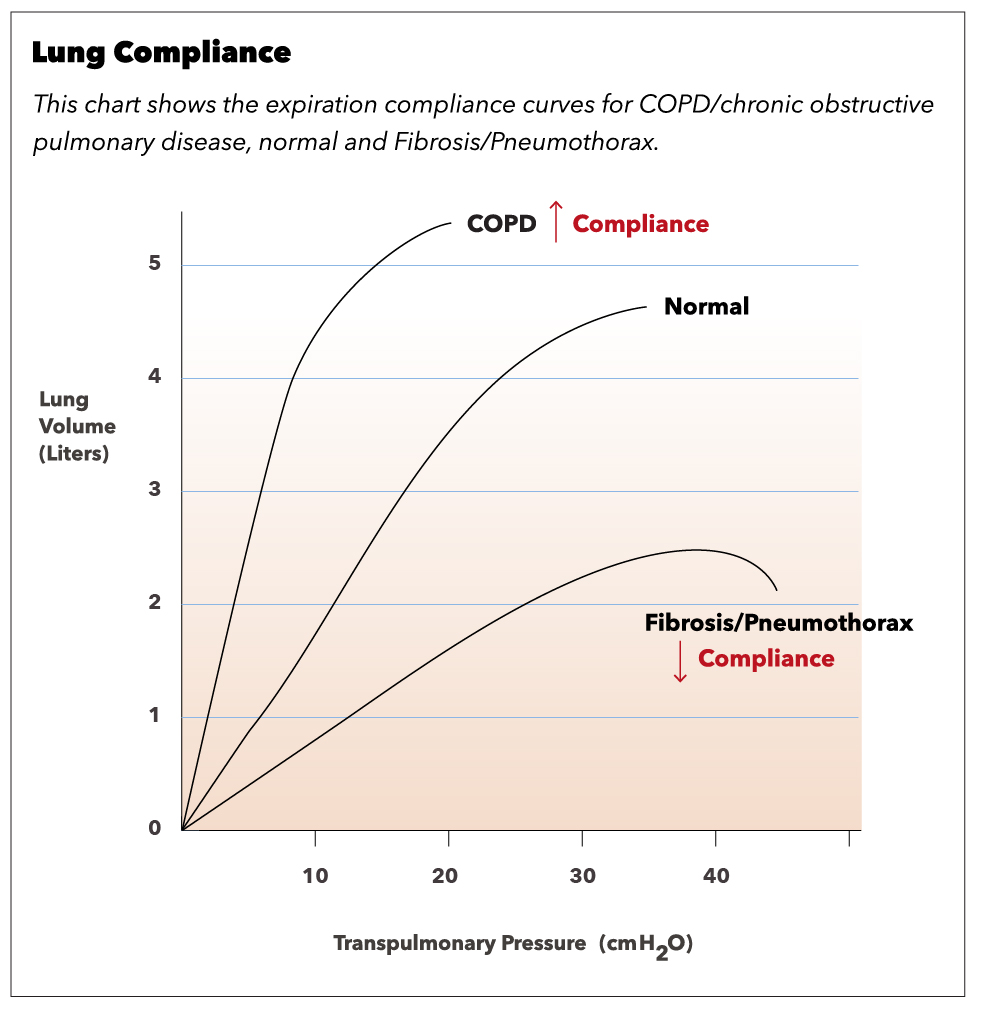
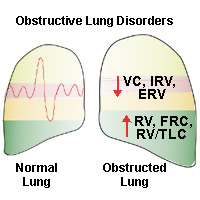




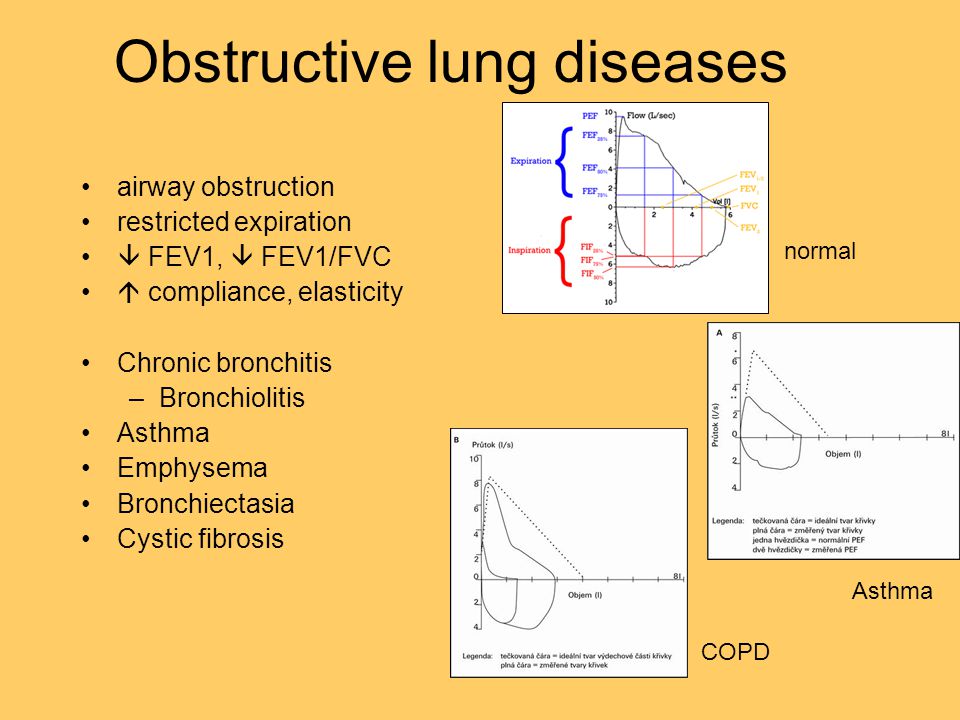


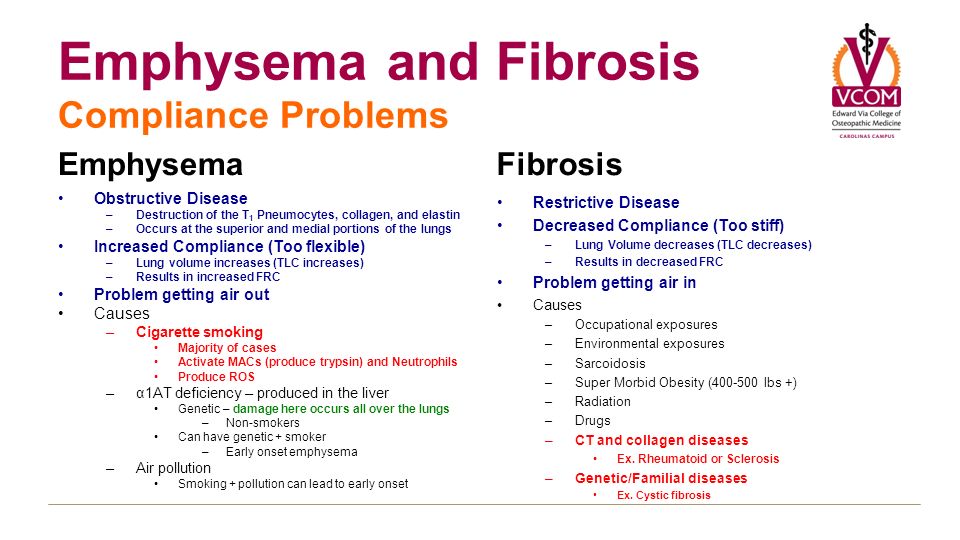

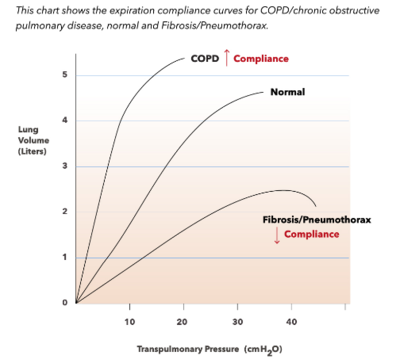
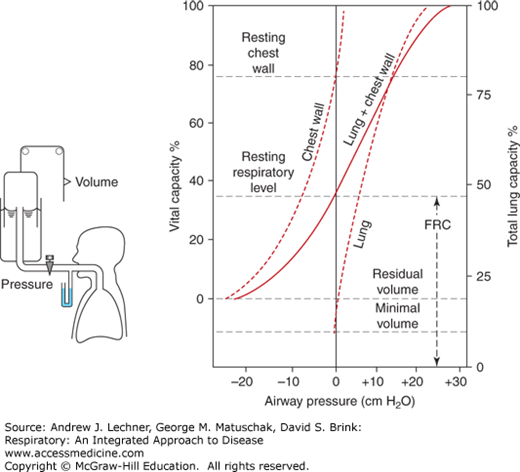
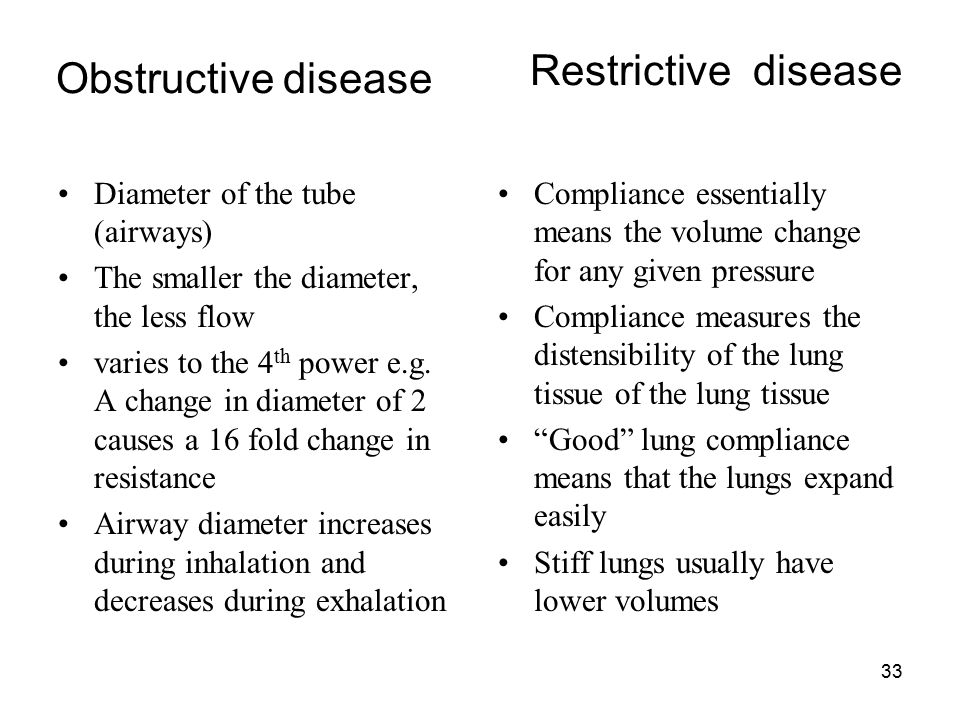
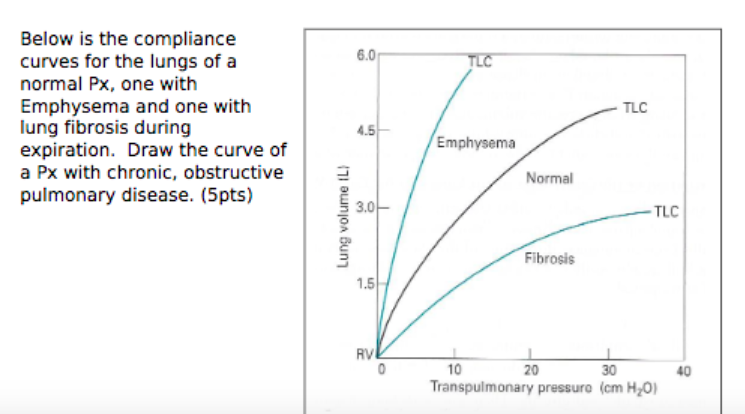



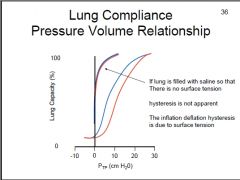
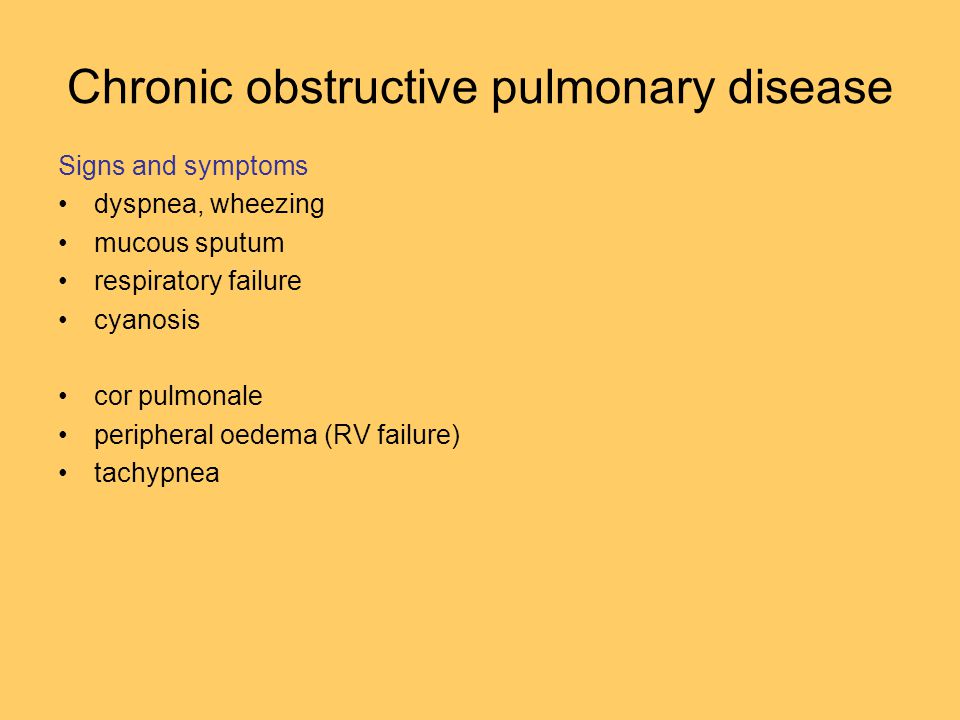







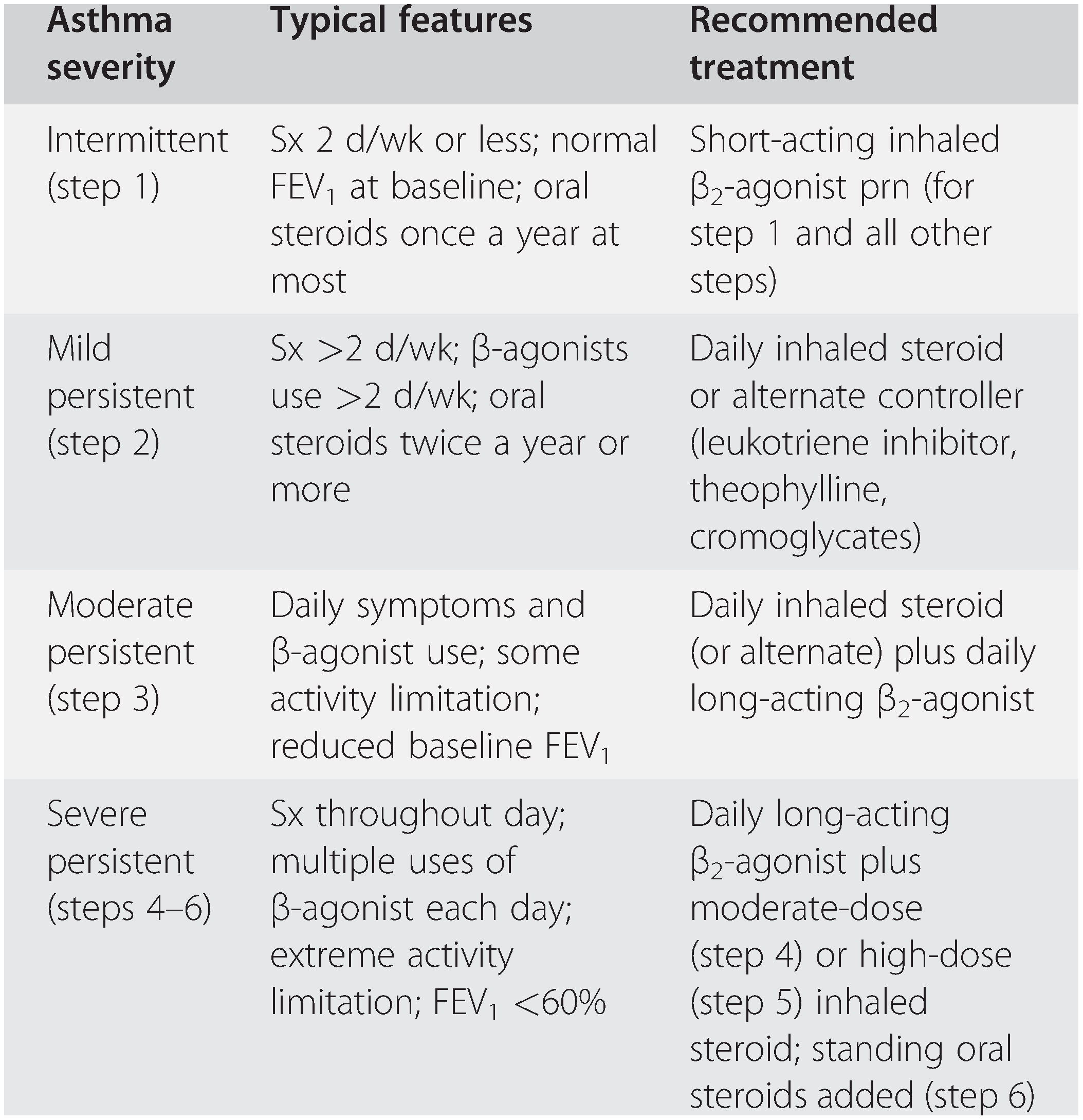




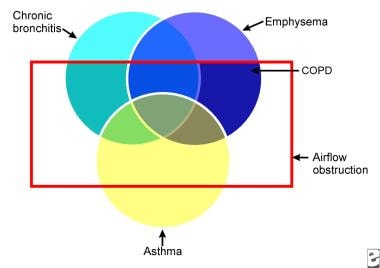

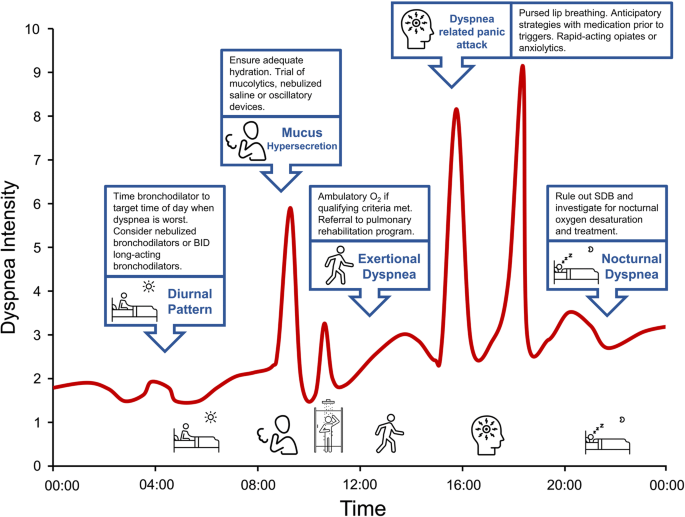

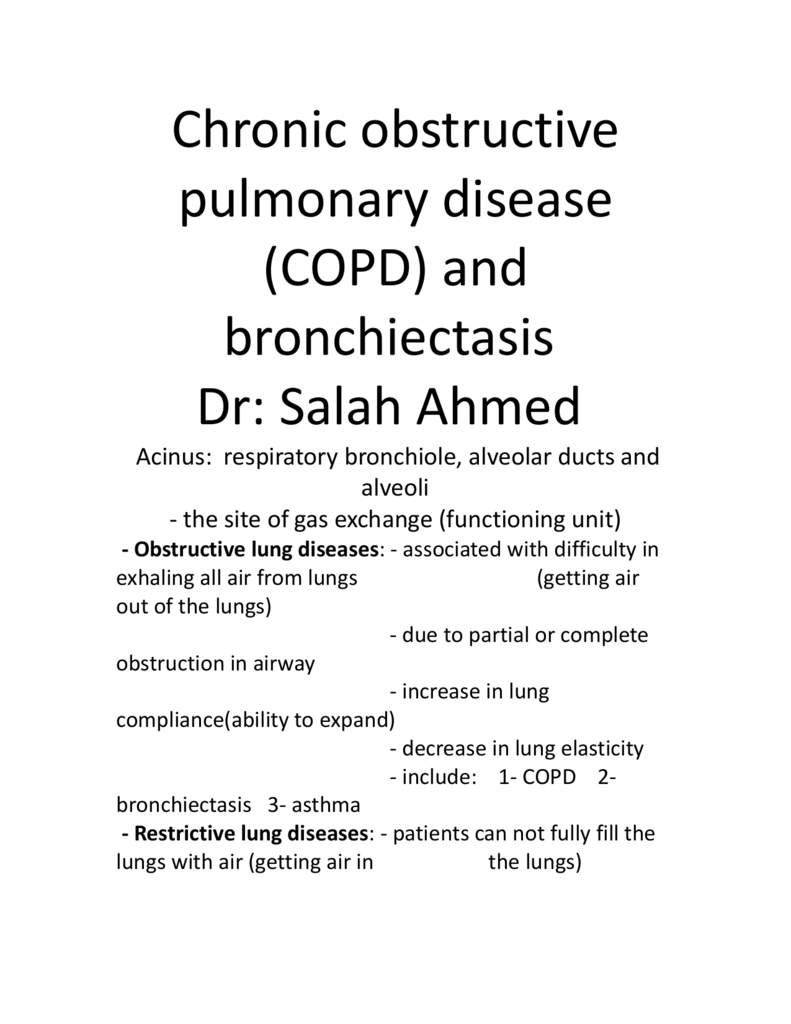
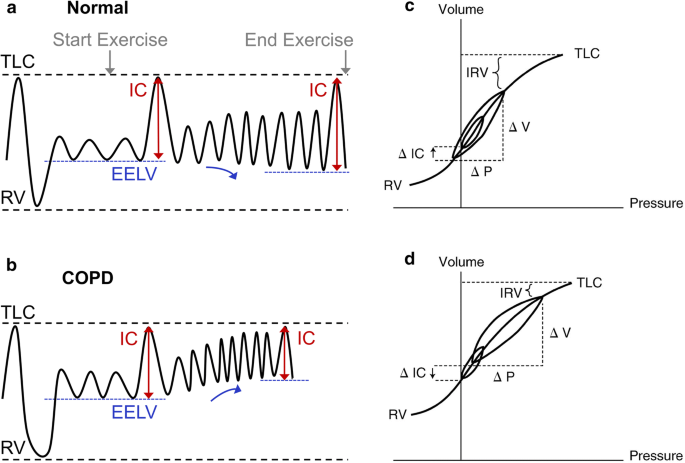
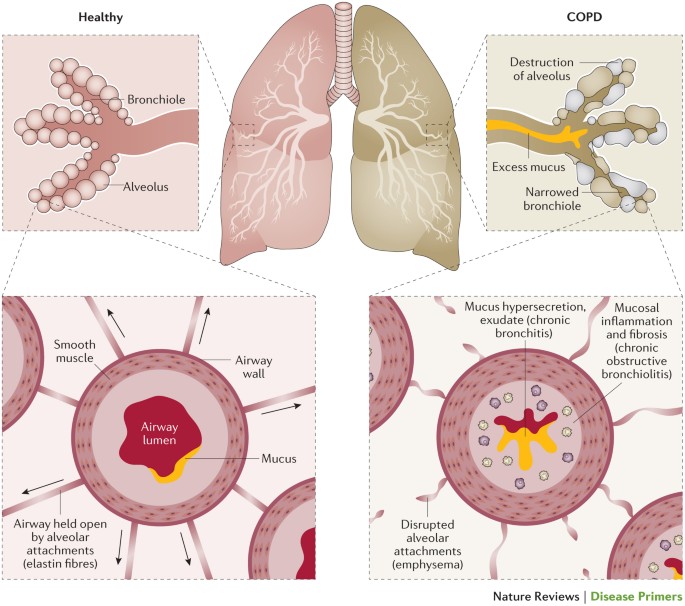






Post a Comment for "Obstructive Lung Disease Compliance"